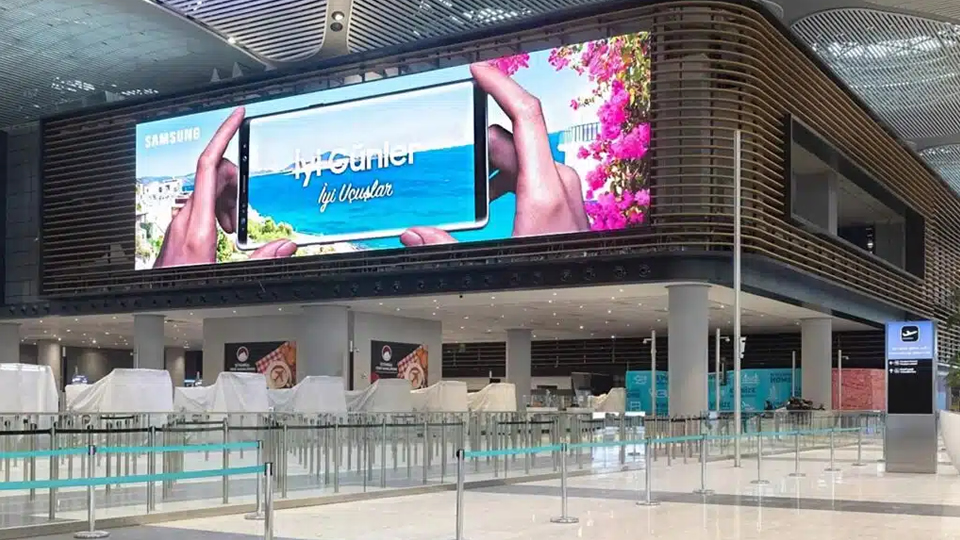Installing an led display screen isn’t just about mounting it and powering it on. It involves precision, understanding of the environment, and proper configuration. Over the years, many projects have faced avoidable issues simply due to basic mistakes during installation. Here are some of the most common problems people run into, and how to steer clear of them.

1. Ignoring Environmental Factors
One of the biggest mistakes is not considering where the display will be installed. Indoor and Outdoor LED Displays are built differently. Outdoor screens require weatherproofing, proper ventilation, and brightness levels that can handle direct sunlight. Installing an indoor screen outdoors, even temporarily, can result in rapid failure.
2. Poor Structural Support
An LED screen is heavy and must be supported by a properly engineered frame. We’ve seen cases where weak or makeshift brackets were used, leading to screen vibration, misalignment, or worse—collapse. Always calculate the weight and stress distribution before starting the install.
3. Incorrect Wiring and Power Distribution
Mixing up cables or overloading a power line is a common oversight. Each cabinet or panel has specific power and data requirements. Using improper cabling or connecting too many modules to one power source can result in inconsistent brightness or sudden blackouts.
4. Skipping Calibration and Configuration
After physical installation, many forget to calibrate the screen. Color balancing, brightness adjustment, and refresh rate configuration are crucial for a clean display. Leaving the screen in its factory default mode might work, but it won't perform its best.
5. No Access for Maintenance
A beautiful flush-mounted screen might look sleek, but if there’s no back or front access planned for repairs or upgrades, you're setting yourself up for trouble. Always ensure future maintenance can be performed without disassembling the entire unit.
6. Not Grounding the System Properly
A grounded system protects your LED screen from electrical surges and static. This is especially important in outdoor environments. Skipping this step might not show issues immediately, but it can cause long-term damage.
7. Rushing the Setup
Lastly, rushing the job to meet an event deadline or launch date often leads to shortcuts. These can range from using tape to temporarily hold wiring, to skipping safety checks. Always allocate enough time for testing after the installation.
Installing an LED display screen is a technical task that requires planning and expertise. Avoiding these common mistakes not only extends the life of your LED display but also ensures that your content looks its best from day one. Whether you're a technician or a business owner, knowing what to avoid can save you time, money, and headaches.

